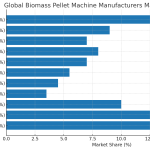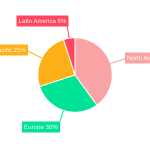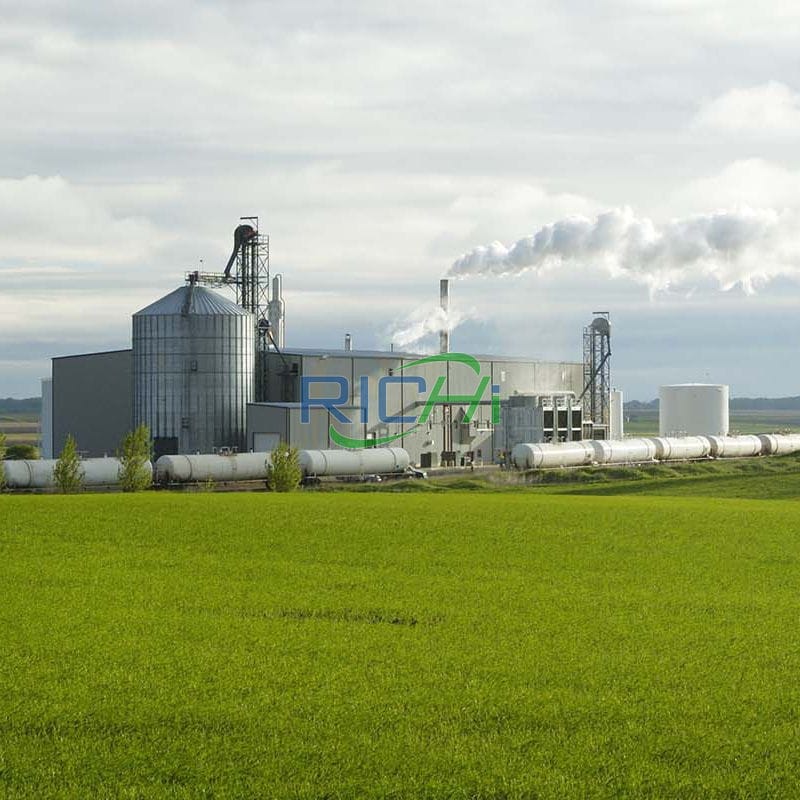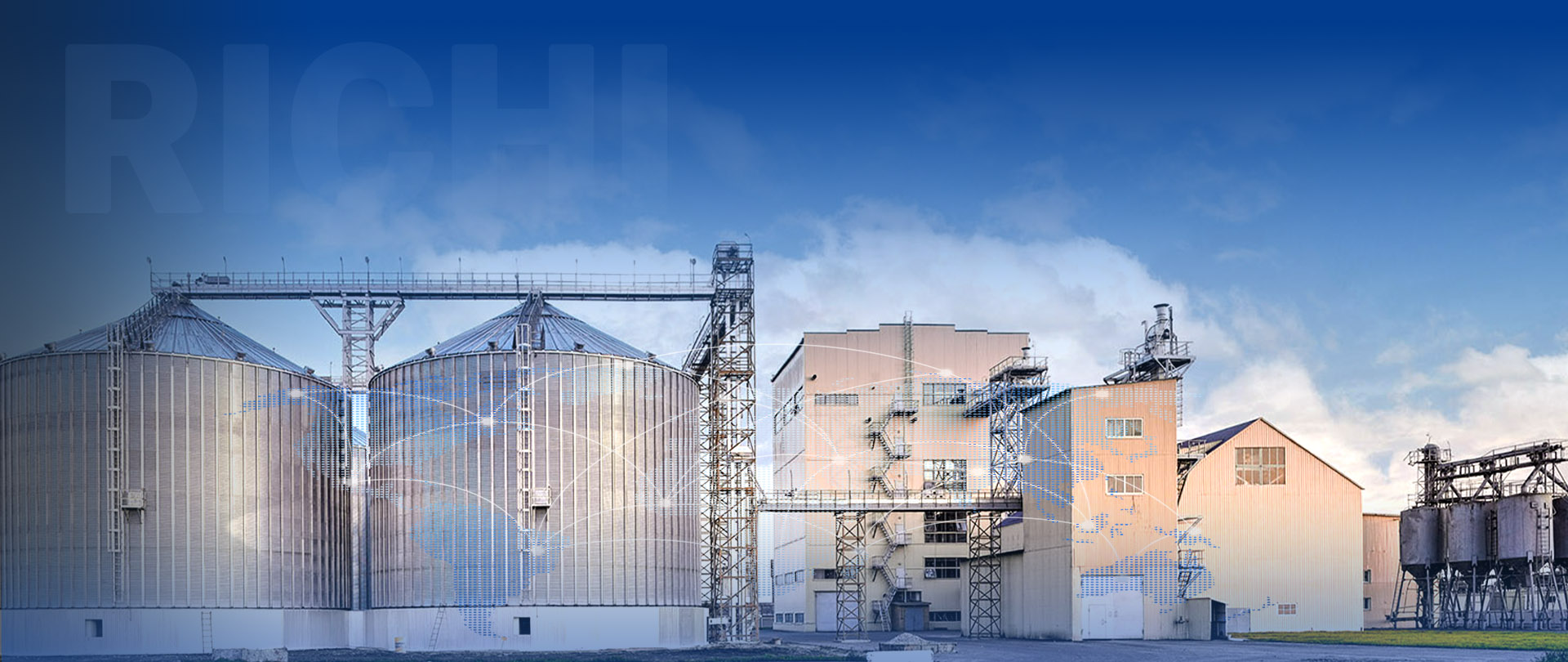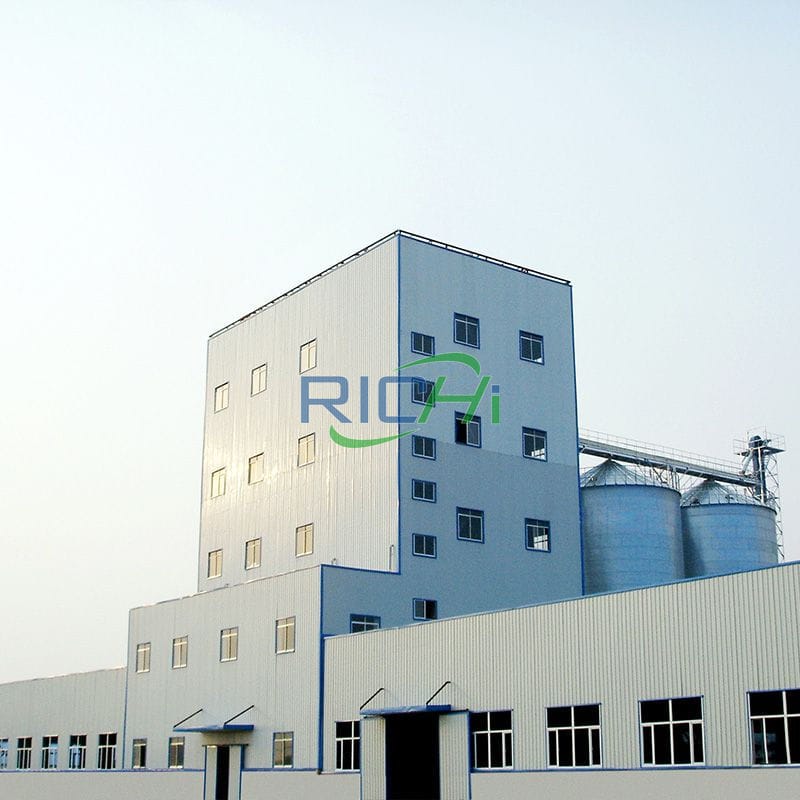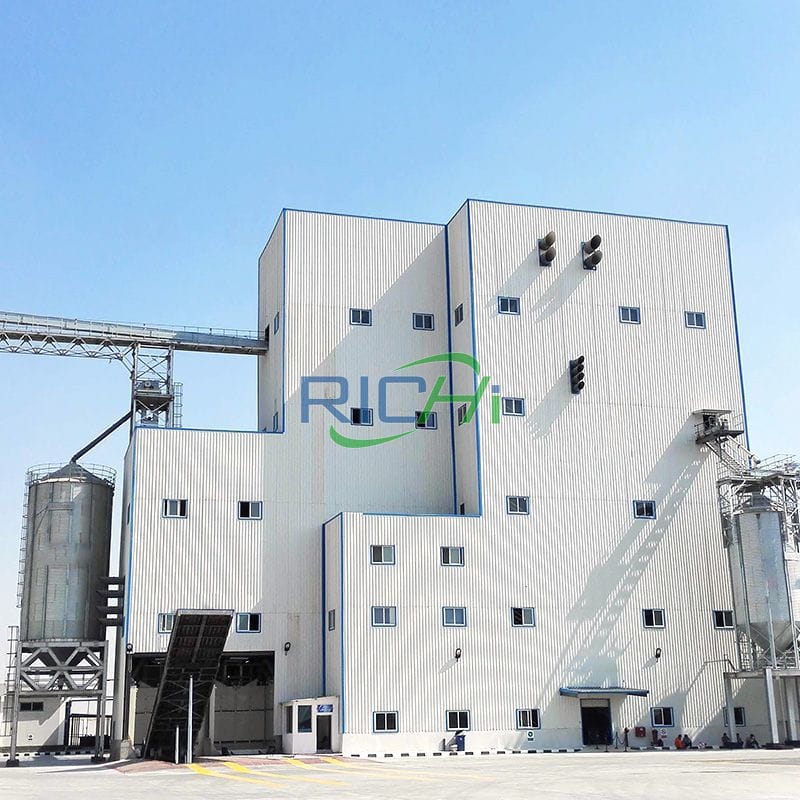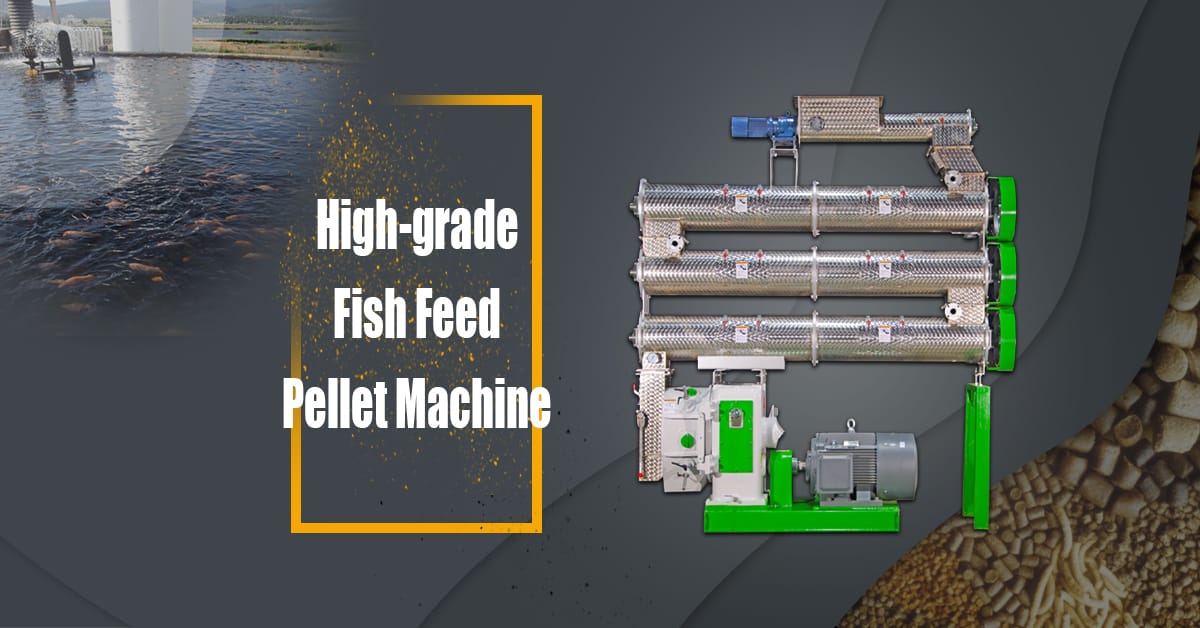The aquaculture industry, particularly shrimp farming, has seen significant growth in recent years, leading to an increased demand for high-quality shrimp feed. A 2-3 tons per hour (t/h) shrimp feed mill represents a medium-scale investment in this sector. However, the cost of setting up such a facility can vary considerably across different regions. This article explores the factors influencing these cost differences and provides insights into the relative expenses in various parts of the world.
Factors Influencing Regional Cost Differences
Several key factors contribute to the cost variations of a 2-3t/h shrimp feed mill across different regions:
- Equipment Manufacturing and Sourcing
The location of equipment manufacturers and the associated shipping costs play a significant role in determining the overall cost. Regions with a strong manufacturing base for feed mill equipment, such as China, may offer lower prices compared to regions that need to import most of the machinery. - Labor Costs
The cost of labor for construction, installation, and operation varies widely across regions. Countries with lower labor costs, such as many parts of Asia and Africa, may have an advantage in terms of reduced overall expenses. - Raw Material Availability
The proximity to raw material sources can impact both the initial setup costs (in terms of storage facilities) and ongoing operational expenses. Regions with easy access to key ingredients for shrimp feed may have lower overall costs. - Land and Construction Costs
The price of land and construction expenses differ significantly between urban and rural areas, as well as between developed and developing countries. - Regulatory Environment
Different regions have varying regulations regarding feed production, environmental standards, and quality control. Stricter regulations may necessitate additional investments in equipment and processes, increasing overall costs. - Energy Costs
The price of electricity and other forms of energy used in feed production can vary substantially between regions, impacting both initial investment (in terms of power supply infrastructure) and operational costs. - Market Demand and Competition
Regions with high demand for shrimp feed and less competition may justify higher investments due to potentially better returns.
Related post: Floating Fish Feed Production Line
Regional Cost Comparison
Let’s examine the potential cost differences for a 2-3t/h shrimp feed mill across various regions:
- Southeast Asia (e.g., Vietnam, Thailand, Indonesia)
- Estimated Cost Range: $500,000 – $800,000
- Key Factors: Lower labor costs, proximity to raw materials, established aquaculture industry
- Advantages: Competitive equipment prices, experienced workforce in aquaculture
- China
- Estimated Cost Range: $400,000 – $700,000
- Key Factors: Local manufacturing of equipment, competitive labor costs
- Advantages: Potentially lowest equipment costs, strong supply chain for components
- South Asia (e.g., India, Bangladesh)
- Estimated Cost Range: $450,000 – $750,000
- Key Factors: Lower labor costs, growing aquaculture sector
- Advantages: Potential for lower construction and operational costs
- Latin America (e.g., Ecuador, Brazil)
- Estimated Cost Range: $600,000 – $900,000
- Key Factors: Varying labor costs, distance from major equipment manufacturers
- Advantages: Proximity to major shrimp farming areas, potential for premium market positioning
- North America (USA, Canada)
- Estimated Cost Range: $800,000 – $1,200,000
- Key Factors: Higher labor and regulatory compliance costs
- Advantages: Advanced technology integration, potential for high-efficiency operations
- Europe
- Estimated Cost Range: $900,000 – $1,300,000
- Key Factors: High labor costs, stringent regulations
- Advantages: Access to advanced technology, potential for high-quality production
- Middle East
- Estimated Cost Range: $700,000 – $1,000,000
- Key Factors: Varying labor costs, potential need for climate control
- Advantages: Growing market, potential for premium pricing
- Africa
- Estimated Cost Range: $500,000 – $850,000
- Key Factors: Lower labor costs, potential challenges in infrastructure
- Advantages: Emerging market with growth potential, possible government incentives
Cost Breakdown and Regional Variations
To better understand the cost differences, let’s break down the major components of a 2-3t/h shrimp feed mill and how they might vary across regions:
- Equipment (50-60% of total cost)
- Lowest in China and Southeast Asia
- Highest in Europe and North America
- Variation of up to 30% between lowest and highest regions
- Construction and Installation (15-20% of total cost)
- Lowest in South Asia and parts of Southeast Asia
- Highest in North America and Europe
- Variation of up to 50% between lowest and highest regions
- Land Acquisition (5-15% of total cost, highly variable)
- Lowest in rural areas of developing countries
- Highest in urban areas of developed countries
- Can vary by several hundred percent between regions
- Regulatory Compliance and Permitting (5-10% of total cost)
- Lowest in regions with less stringent regulations
- Highest in Europe and North America
- Can vary by up to 100% between regions
- Initial Working Capital (10-15% of total cost)
- Relatively consistent across regions, but influenced by local raw material costs
- May be higher in regions far from raw material sources
Strategies to Optimize Costs Across Regions
- Local Partnerships: Collaborating with local entities can help navigate regulatory landscapes and optimize costs.
- Technology Transfer: Sourcing core technology from advanced regions while using local resources for non-critical components.
- Modular Design: Implementing a modular plant design allows for scalability and can reduce initial investment costs.
- Energy Efficiency: Investing in energy-efficient equipment can offset higher energy costs in some regions.
- Training Programs: Developing comprehensive training programs can help leverage lower-cost labor in developing regions.
Conclusion
The cost of setting up a 2-3t/h shrimp feed mill can vary significantly across regions, with differences of up to 50% or more between the lowest and highest-cost areas. Southeast Asia and China generally offer the most competitive prices due to lower labor costs and proximity to equipment manufacturers. In contrast, North America and Europe tend to have higher costs but may offer advantages in terms of technology and market positioning.
When considering the establishment of a shrimp feed mill, it’s crucial to conduct a thorough analysis of the specific location within each region, as local factors can greatly influence the final cost. Additionally, potential investors should consider the long-term operational costs and market potential, not just the initial investment.
By carefully evaluating these regional differences and implementing cost-optimization strategies, investors can make informed decisions that balance the initial investment with long-term profitability in the dynamic shrimp feed industry.
For details please contact: pellet mill
WhatsApp:86 138 3838 9622
Email:enquiry@richipelletmachine.com

